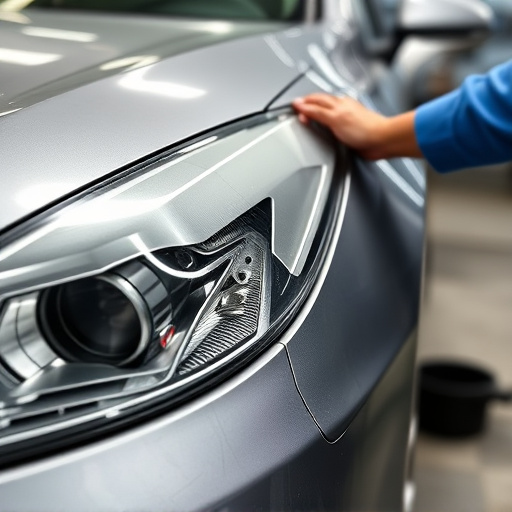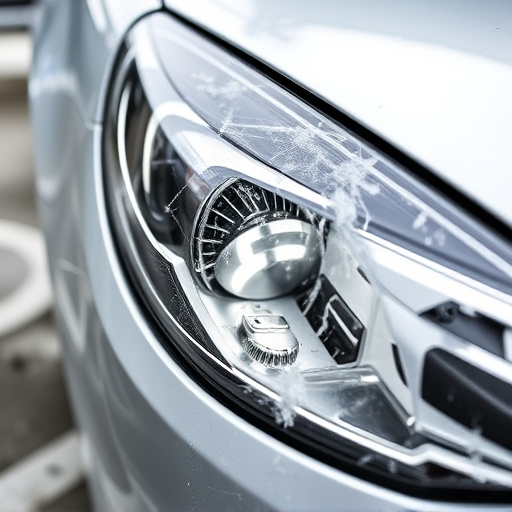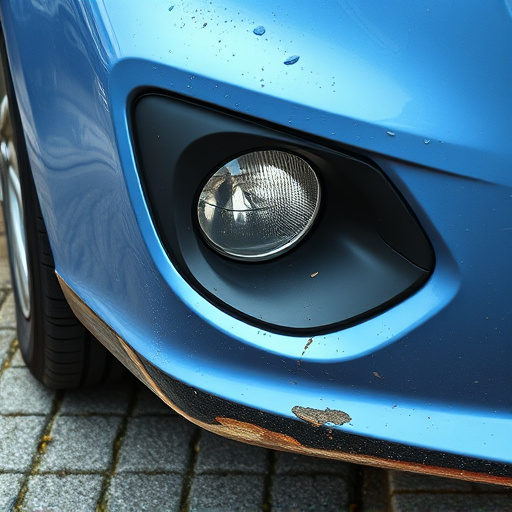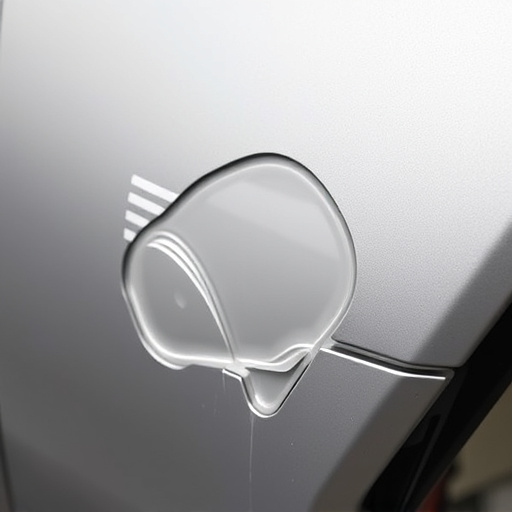Water-based auto paint offers significant environmental and practical advantages over traditional oil-based paints, including reduced emissions, faster drying times, excellent adhesion, and efficient waste minimization. Its benefits make it a popular choice for car body repairs and routine maintenance, with the automotive industry increasingly adopting it due to sustainability and health safety concerns. Future prospects are promising with advancements in formulation and application technologies, making it an appealing option for both manufacturers and consumers who prioritize eco-friendly solutions.
Water-based auto paint is emerging as a key player in the global push towards sustainability. This eco-friendly alternative offers significant advantages over traditional paints, boasting lower volatile organic compound (VOC) emissions and easier waste disposal. By understanding the properties and benefits of water-based auto paint, we can appreciate its substantial role in green initiatives. This article delves into these aspects, comparing environmental impacts, exploring industry adoption, and charting future prospects for this innovative solution.
- Understanding Water-Based Auto Paint: Properties and Benefits
- Environmental Impact: Traditional vs. Water-Based Paints
- Industry Adoption and Future Prospects of Water-Based Paint
Understanding Water-Based Auto Paint: Properties and Benefits

Water-based auto paint is a revolutionary option in the automotive industry, offering both environmental and practical benefits. This type of paint is formulated using water as a primary solvent instead of harsh chemicals, making it a greener alternative to traditional oil-based paints. The properties of water-based auto paint are diverse; it’s highly versatile, suitable for various surfaces and coatings, from car bodies to trim pieces. Its low odour and non-toxic nature make it safer for both applicators and the environment during application and drying processes.
One significant advantage is its faster drying time, which streamlines the car body repair process in automotive body shops. This paint also exhibits excellent adhesion, ensuring a smooth and long-lasting finish when repairing hail damage or conducting routine maintenance. Moreover, water-based paints are highly efficient, reducing waste as they can be thinned with water and easily recycled or disposed of according to environmental standards.
Environmental Impact: Traditional vs. Water-Based Paints

Water-based auto paint represents a significant step forward in green initiatives due to its minimal environmental impact compared to traditional paints. The production process for water-based paints generates fewer volatile organic compounds (VOCs), which are known contributors to air pollution and greenhouse gas emissions. Unlike solvent-based paints, water-based options do not require harsh solvents for thinning or cleaning up, reducing the overall carbon footprint associated with automotive finishes.
In the context of autobody repairs following a fender bender or other car damage repair, water-based auto paint offers several advantages. It not only promotes cleaner, safer workshops but also facilitates faster drying times and easier disposal of waste materials. This reduces the environmental toll typically associated with traditional paint jobs, making water-based paints an eco-friendly choice for both professionals and consumers concerned about sustainability.
Industry Adoption and Future Prospects of Water-Based Paint

The adoption of water-based auto paint has been steadily gaining traction within the automotive industry, driven by a growing awareness of environmental sustainability and health safety. This eco-friendly alternative offers significant advantages over traditional solvent-based paints, notably in terms of reduced volatile organic compound (VOC) emissions and faster drying times. As such, it plays a pivotal role in green initiatives aimed at minimizing the sector’s carbon footprint.
Looking ahead, the future prospects for water-based auto paint appear promising. With advancements in formulation and application technologies, this type of paint is becoming increasingly efficient and durable. The decreasing costs and growing availability make it an attractive option for both automotive manufacturers and individual consumers who prioritize sustainability without compromising quality. This shift towards water-based paint also presents opportunities for the development of innovative products that address issues like dent removal and dent repair in car bodywork, further enhancing the appeal and functionality of this green initiative.
Water-based auto paint is emerging as a significant contributor to green initiatives due to its reduced environmental impact compared to traditional paints. Its unique properties, such as lower volatile organic compound (VOC) emissions and faster drying times, make it an eco-friendly alternative. As the automotive industry shifts towards sustainability, the adoption of water-based paint will likely increase, driving innovation and reducing the carbon footprint of vehicle manufacturing and maintenance. This shift not only benefits the environment but also offers improved working conditions for painters and reduced odor complaints from customers.














